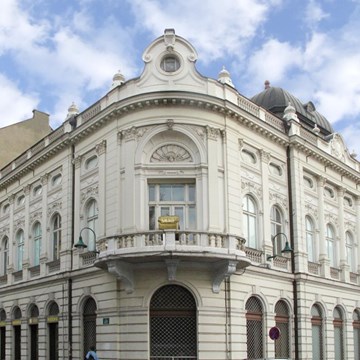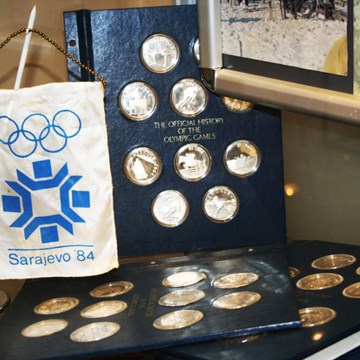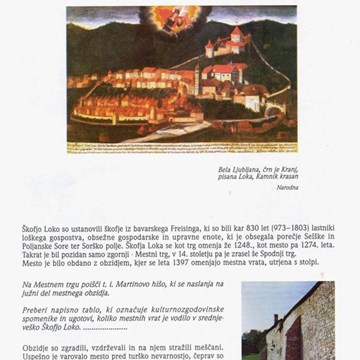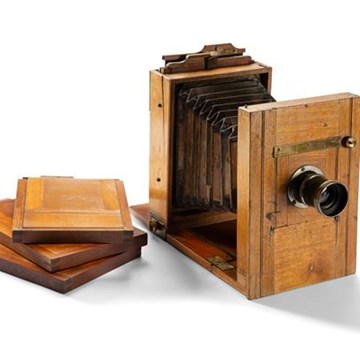May 9th 1945
3D converted photographic images from the end of the Second World War from the photograph collection of the National Museum of Contemporary History.
Opening of the exhibition will take place on May 7th 2015 at 6 p.m. at National Museum of Contemporary History.
Images of the violence of war are an integral part of the visual landscape and imaginary of modern man. Only a few images of war can touch us. Listening to the testimony of people who lived in fear for their lives over seventy years ago, we may not be sufficiently aware that nowadays war is the reality of many people in the world. We have become accustomed to the reality and the totality of war, even if we do not feel its direct consequences. Thus we find ourselves in a dream of apathy. So why create an exhibition about a war’s end?
The title of the exhibition, May 9th 1945, was chosen because of its symbolic meaning. We did not so much want to evaluate the celebration of Victory Day in the former Yugoslavia, or today's reinterpretation of that day as Europe Day, but rather commemorate a turning point in the history of mankind: the end of the greatest slaughter of the 20th century. The moment represents both the moment when existing social relations collapsed and the moment when new social relations were created. May 9th 1945 can be interpreted in terms of an anthropological concept: the “rite of passage,” marked by a special, liminal state. On that day, feelings of happiness that the horrors of war had come to an end mixed with feelings of fear and uncertainty about the future.

The images on display were selected from the photograph collection of the National Museum of Contemporary History, which houses more than 2 million photographs and negatives. More than 1,600 of those images were taken in early May 1945, when the allied British, American and Soviet forces, together with the Yugoslav army, forced Nazi Germany to surrender. The (8) selected images are presented as anaglyph images, which appear as 3D images when viewed through red-blue glasses. We believe that today we need not only museums, but images, objects and personal stories to wake us and make us aware of the bygone world, so that we can change our attitude towards the present and the future. We would like to transport visitors back to the time of May 9th 1945 just for one moment, and confront them with the moment when the war ended. We want you to wake from the numb dream in which the images of war and violence have become commonplace, and thus normal. We want to remind visitors of the moment when the war ended, when it was time to think about a different world.
National Museum of Contemporary History (director Kaja Širok, PhD). Author of the exhibition and text: Urša Valič, PhD. Image processing: Sarah Poženel and Sašo Kovačič. 3D-conversion: Benjamin Rančič. Translation: Jana Kostelec. Design: Mojca Turk. Ljubljana, 2015.

Exhibitions and events

Slovenians in the 20th Century
Permanent exhibitionHow well do you know Slovenian history? The 20th century is one of the most turbulent periods in the nation’s history. During this time, the territory of today’s Slovenia was part of several...

Slovenci v XX. stoletju
Permanent exhibitionKako dobro poznate slovensko zgodovino? 20. stoletje sodi med najburnejša obdobja slovenske zgodovine. Slovenci smo v tem času zamenjali nekaj držav in državnih ureditev, preživeli dve svetovni...
Activities from this museum
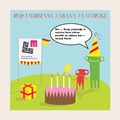
ROJSTNODNEVNE ZABAVE ZA OTROKE V MUZEJU
ROJSTNODNEVNE ZABAVE ZA OTROKE V MUZEJU Odličen in zabaven način praznovanja...



